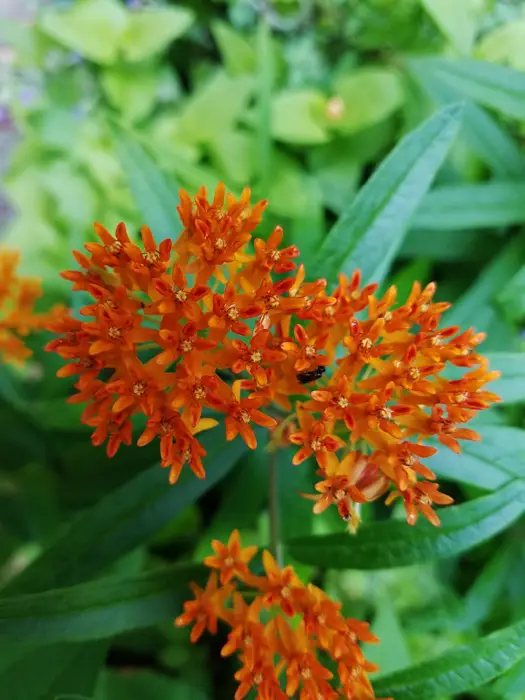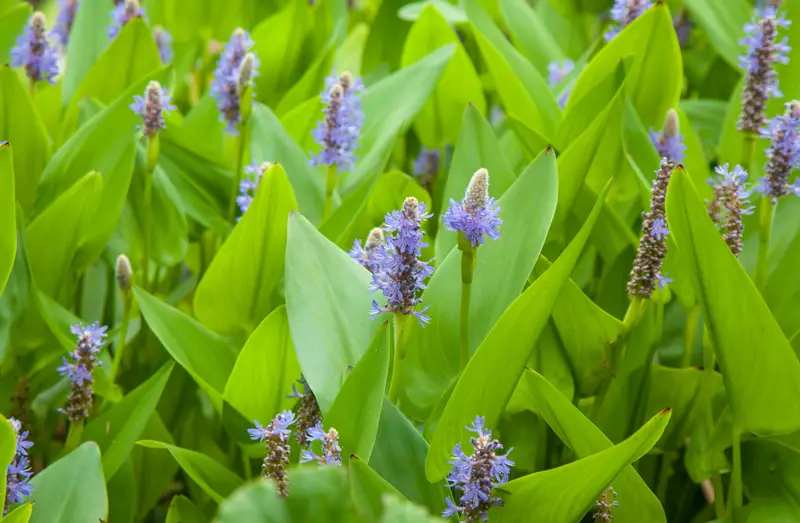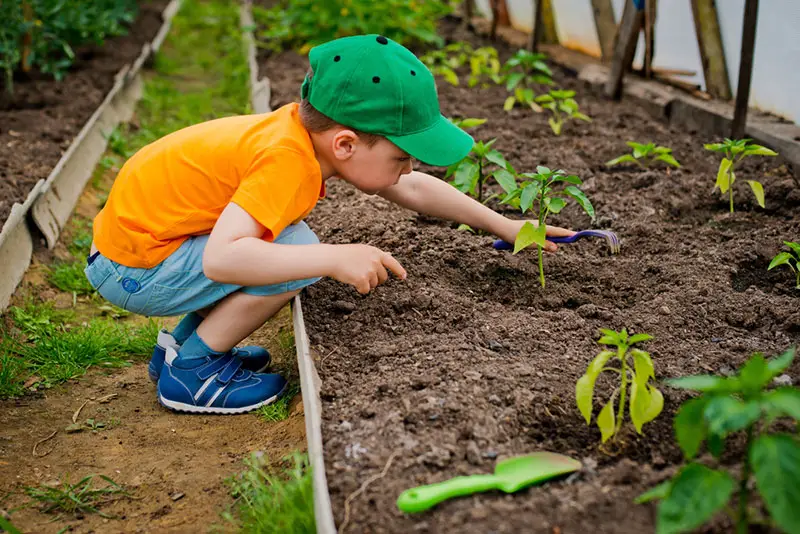
When I was growing up, I would spend summers with an aunt that helped foster my interest in growing things. The only problem with my aunt’s garden was that she lived in a particularly wet and humid area of Florida and had to be very careful what she planted because she wanted to avoid plants that were vulnerable to root rot. As a result, I gained a fairly strong knowledge of which plants grow best in areas with a lot of humidity in the air.
In this guide, we’ll cover 10 of the easiest to grow plants if you live in an area that experiences a lot of wetness and humidity.
1) Blue Camassia

The blue camassia, which is also known as the American hyacinth, grows best in zone three through nine. It is a particularly strong species that can keep your garden pests at bay. The petals on the flower are somewhat spiked, and the leaves surrounding the blooms are resistant to plant-munching pests like deer and rabbits. Despite its preference for wet soil, this plant should never be submerged, so plant it above the high water mark if you’re planting near water.
2) Amethyst Pearl Phlox

If you’ve ever seen an amethyst geode, you’ll understand why this plant was named the way it was. Best grown in zones three through eight, the amethyst pearl phlox is a plant that has delicate leaves and is known for its attractiveness to many species of butterfly. If you’re looking to improve the branching of this plant, pinch in the early season. In the cooler seasons, just mow the tops off completely, and they’ll be ready for the warmer months.
3) Lily of the Valley

If you’re thinking of planting lily of the valley, you will find that it grows best in zones two through nine. Moist soil and even a little bit of standing water seems to not be an issue for the lily of the valley; in fact, in moisture, the plant seems to really thrive. The blooms produced by these plants also smell wonderful; just make sure to keep it in partial shade and plant it in the late fall, and your beautiful lilies will be ready for the warmer months.
4) Bugbane

While bugbane typically has a slow growth cycle, the beautiful blooms that this plant produces are worth the wait. This plant grows star-shaped flowers that can grow very tall; in fact, it’s not out of the realm of possibility that a bugbane plant will soar over seven feet. The plant grows in zones three through nine, and the plant prefers wet, slightly acidic soil. If you’re going to plant some, use soil that has high organic matter content and cover it with about an inch of mulch.
5) Butterfly Weed

This plant is at home in zones three through nine and has no problem with wet soil and environments. In addition to butterflies, these plants also attract honeybees and are well-known for their orange blooms. When you plant this weed, you can expect it to last an entire summer, and the plant also stands out due to its deer-resistance. This cousin of the milkweed is very resilient to most growing conditions – just remember to plant the seeds in the early spring.
6) Ostrich Fern

Ferns are an ever-present plant in just about all of my gardens, and the ostrich fern, which can grow hugs, has always been one of my favorites. This plant has some truly verdant leaves and is perfect for providing partial shade for many of its garden-mates. In fact, this plant can grow as large as six feet tall and thrives in zones three through nine. If you’re going to plant this fern, it can easily grow in most conditions, but it will do best in full to partial shade.
7) Elephant’s Ear

Another plant named after an animal, this tropical perennial that reminds many of the ear of the never-forgetting pachyderm has the ability to grow upwards of six feet. If you’re going to get its optimal growth, you’re going to have to live in zones 10 through 11, but if you experience wetter soil, you’ll have no issues. If you’re going to be growing these plants in the colder climates, you can opt to pot these ear-shaped plants before the first frost until the cold has gone away.
8) Iris

While most species of iris seem to do well in wetter conditions, I personally prefer the Louisiana iris, which is known for its absolute love for moisture. In fact, if you are growing in an area that’s prone to a bit of flooding, the Louisiana iris can grow safely in up to four inches of water. This plant can prosper in zones four through 10, and it’s known for its ability to produce blooms in a variety of beautiful colors. This is also a plant that is fairly hardy, and if conditions are right, it’ll definitely multiply.
9) Pickerelweed

Another plant that can grow freely in standing water, pickerelweed can also grow as high as four feet. Doing best in zones three through 10, this plant with an iconic violet flower really thrives when it gets a lot of direct sunlight. This is another plant that’s a hit with pollinators, and you can expect to see blooms from early summer to mid-fall. These plants love to grow, so to halt their spreading, grow these in containers.
10) Painted Fern

Another fern species that I love to grow, the painted fern, like most ferns, is very hardy and can be grown in a plethora of conditions. This plant spreads underground, so to keep it in check, dig out any extra shoots that spring up. It originates in Japan and seems to flourish in zones four through nine. This isn’t a plant that grows particularly high, so expect it to top out around three feet or so.













